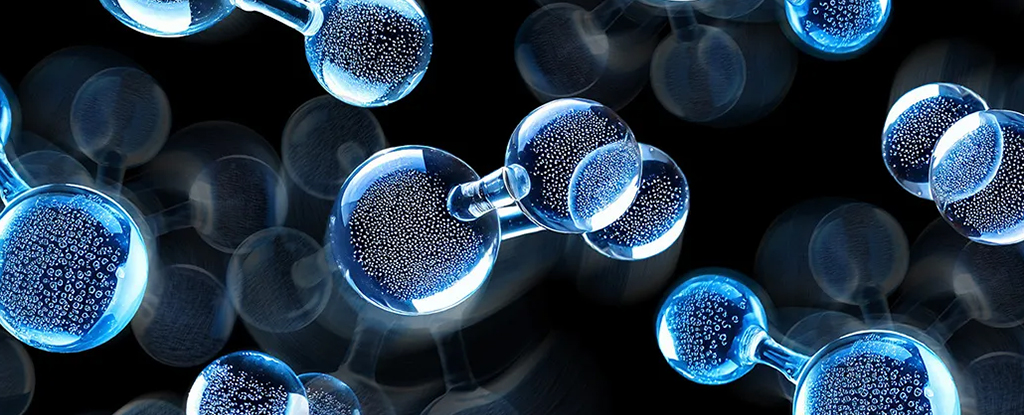Previously predicted by theoretical models, we now have the first experimental observation of plastic Ice VII. That might sound like a low-budget franchise movie, but it’s actually an exotic phase of water that scientists think could form in oceans on alien planets.
How exotic are we talking? Well, plastic Ice VII needs incredibly high temperatures and pressures to form. As temperatures and pressures rise, water molecules are forced into a variety of configurations and dynamics.
An international team of researchers created Ice VII by squeezing water up to pressures of 6 gigapascal and heating it to temperatures as high as 327 °C (620 °F), using high-caliber instruments at the Institut Laue-Langevin (ILL) in France to watch closely as it changed phase.
Ice VII features a distinctly interwoven cubic structure, one where the hydrogens get a little messily. Just what happens to this structure when it’s permitted to ‘melt’, however, has never been clear, with some suggesting the molecules remain in place while their hydrogens roam around.
The subtle nature of the hypothesized phase of water requires careful measurements of its hydrogen’s movements rather than a snapshot of its shape, so it’s little wonder scientists hadn’t been able to prove its existence. Until now.
One of the techniques used to identify Ice VII was quasi-elastic neutron scattering (QENS), where tiny particle movements inside substances can be traced by neutrons.
“The ability of QENS to probe both the translational and rotational dynamics is a unique advantage for the exploration of such exotic phase transitions compared to other spectroscopic techniques,” says physicist Maria Rescigno, from the Sapienza University of Rome in Italy.
As predicted some 17 years ago, the research team was able to see hydrogens swiveling about at the microscopic level, when Ice VII – one of dozens of ice phases we know about – is heated up and put under more pressure.
However, there was one surprise: the molecules inside plastic Ice VII weren’t rotating freely but turning in staggered steps. This is likely down to the way hydrogen bonds between the molecules are being broken and restored, the researchers say.
“The QENS measurements suggested a different molecular rotation mechanism for plastic ice VII than the free rotor behavior initially expected,” explains Rescigno.
Icy worlds far out in the Universe – such as Neptune, or Jupiter’s moon Europa – might have harbored plastic Ice VII in the past, experts think. Being able to observe how the ice behaves in the lab also gives us a better understanding of what’s happened in the past to these planets and their satellites.
That’s one potential area for future research. Another is to take a closer look at how the transition to plastic Ice VII happens, which could be continuous and gradual, or more abrupt, based on modeling.
“The continuous transition scenario is very intriguing,” says physicist Livia Bove, from the Sapienza University of Rome.
“It hints that the plastic phase could be the precursor of the elusive superionic phase – another hybrid exotic phase of water predicted at even higher temperatures and pressures, where hydrogen can diffuse freely through the oxygen crystalline structure.”
The research has been published in Nature.





